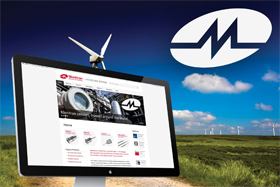 Monitran, a world-leader in the development and manufacture of transducers for the measurement of vibration, proximity and displacement, has revamped its website.
Monitran, a world-leader in the development and manufacture of transducers for the measurement of vibration, proximity and displacement, has revamped its website.
Designed with ease-of-navigation for sensor identification and selection in mind, www.monitran.com details Monitran's extensive range of products and the company's value-added services.
The site includes; product selection guidelines, installation and maintenance tips, frequently asked questions (FAQs) and pages devoted to specific industries, including wind energy, mining and paper.

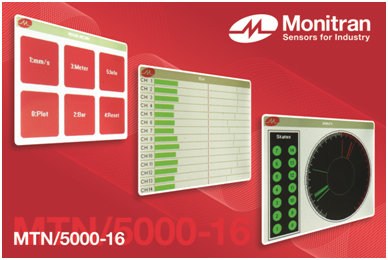 Monitran - a world-leader in the development and manufacture of transducers for the measurement of vibration, proximity and displacement – has launched the MTN/5000-16; a robust and reliable microcontroller-based condition monitoring system.
Monitran - a world-leader in the development and manufacture of transducers for the measurement of vibration, proximity and displacement – has launched the MTN/5000-16; a robust and reliable microcontroller-based condition monitoring system.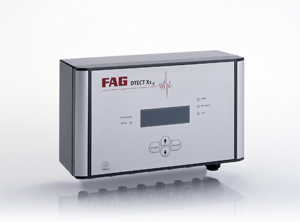 The Schaeffler Group’s maintenance management and condition monitoring division, FAG Industrial Services (F’IS) has launched improved versions of its FAG DTECT X1 and FAG WiPro online condition monitoring systems. The new systems are more compact than their predecessors and offer increased functionality and flexibility.
The Schaeffler Group’s maintenance management and condition monitoring division, FAG Industrial Services (F’IS) has launched improved versions of its FAG DTECT X1 and FAG WiPro online condition monitoring systems. The new systems are more compact than their predecessors and offer increased functionality and flexibility.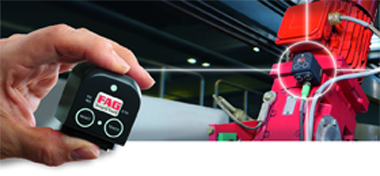 Schaeffler has launched a new ultra compact, online condition monitoring device for industrial plant and machinery. This unique system not only monitors vibration and temperature, but also a range of other machine and process-specific parameters such as pressure and flow rate. The device can also be used as a machine condition guard with safety switch-off.
Schaeffler has launched a new ultra compact, online condition monitoring device for industrial plant and machinery. This unique system not only monitors vibration and temperature, but also a range of other machine and process-specific parameters such as pressure and flow rate. The device can also be used as a machine condition guard with safety switch-off.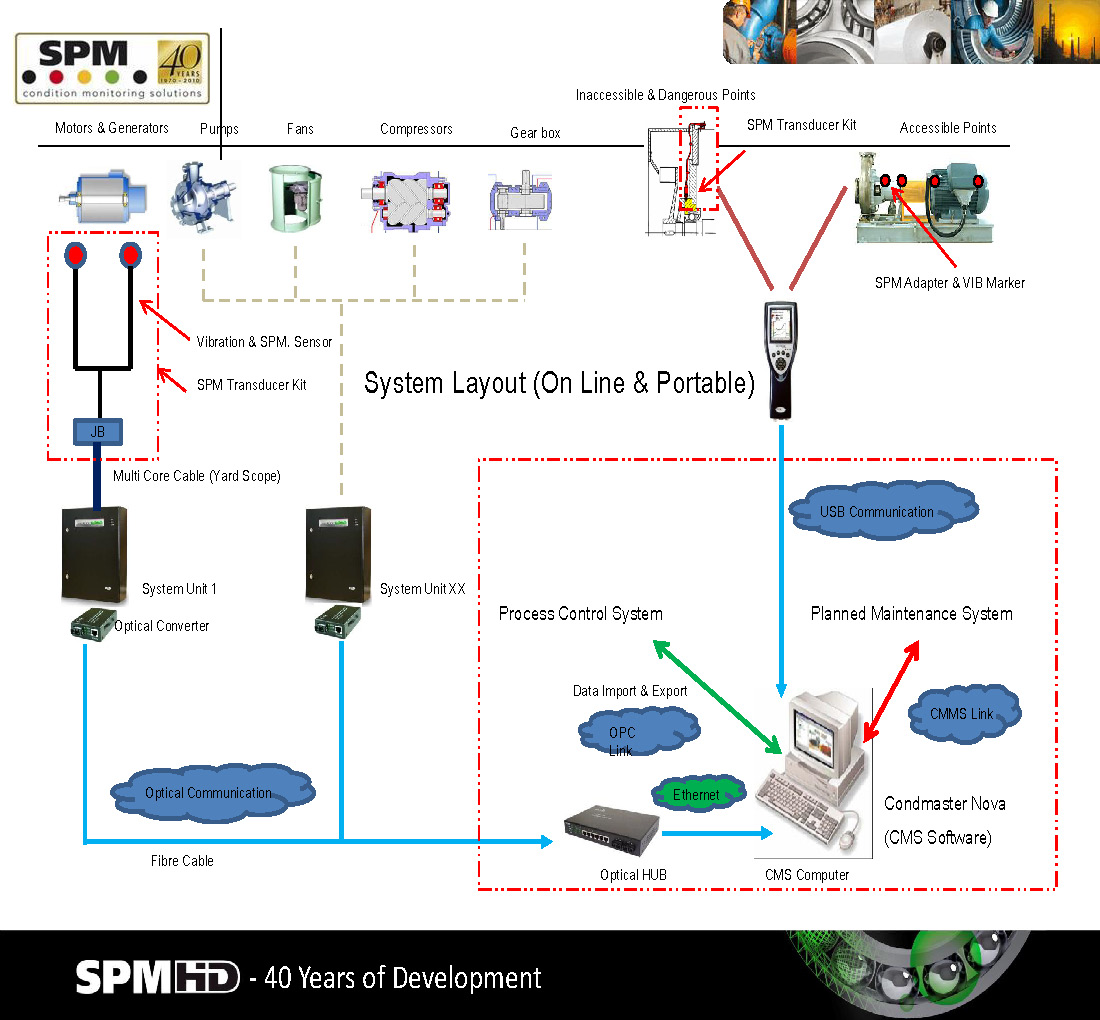 Successful companies are all about winning. This is achieved by having:
Successful companies are all about winning. This is achieved by having:
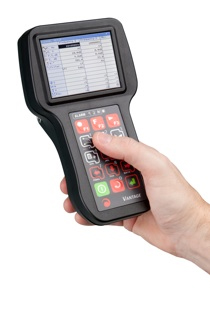 ETher NDE, a UK-based manufacturer of Eddy Current products, is pleased to introduce the VANTAGE Eddy Current Flaw Detector.
ETher NDE, a UK-based manufacturer of Eddy Current products, is pleased to introduce the VANTAGE Eddy Current Flaw Detector.


